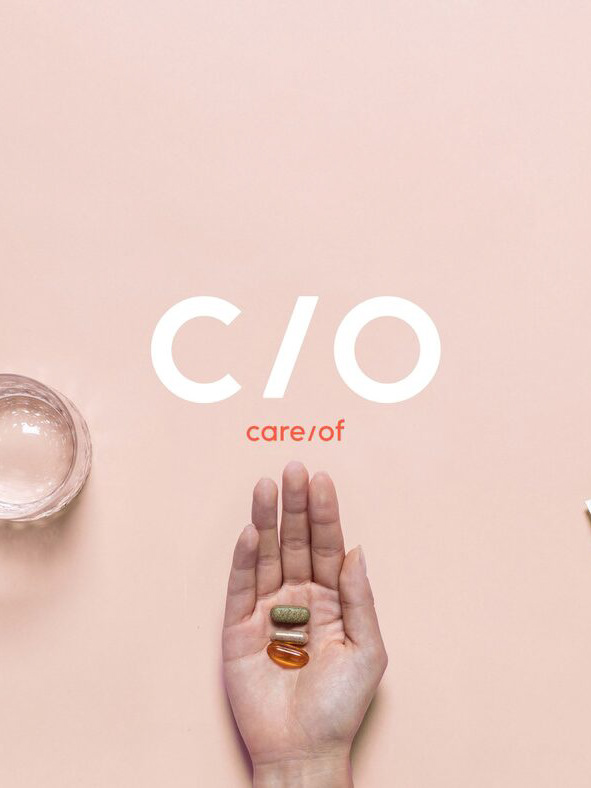Companies and investors spend billions to develop new products, technologies and services, but far less is invested in solving social problems. With 1.3 million people living in poverty in the Bay Area, the stakes are high.
At Tipping Point Community, the mission is to make poverty preventable. This project was out of T Lab, Tipping Point’s R&D initiative, using the human centered design process to design/build/test solutions for poverty alleviation in the Bay Area. I participated as one of nine ‘problem solvers’ in the inaugural class assigned to different problem areas contributing to the cycles of poverty specific to the Bay Area.
With a blue sky brief, my team of three spent 6 months working towards opportunities to improve access to quality and affordable child care. The goal: to prototype and test a possible solution with real people within that timeframe.
We designed and conducted user research with a variety of stakeholders—parents, care providers, and those providing services to families including nonprofits and government representatives.
After interviews, focus groups, observations, and digesting secondary research, we distilled our findings into opportunity areas spanning four dimensions of current issues in child care—cost, quality, access, and supply.
Concept development included collaborative ideation and focus group sessions with stakeholders. In the early prototyping stages, we used mock marketing materials and storyboards to share our initial ideas with potential parents and providers. Through iterative refinement, and cycles of making and learning, we ultimately landed on one service design to move into pilot testing.
During prototyping, it became clear that child care needs of evening and weekend shift workers were dramatically underserved—parents have fewer options and incur increased costs for care. Without reliable care, many miss out on the opportunities to earn more or take career advancing positions.
Our concept, NiteBright, is a flexible and cost-effective alternative that is built to accommodate the needs of evening/weekend shift-working parents. Our concept uses child care facilities that are open during the day but closed at night. Combined with a parent-participation co-op model, parents rotate as teacher assistants under the guidance of a certified teacher. The combination of underutilized facilities and parent involvement keeps costs down, making it more affordable than current options, while maintaining a high quality, consistent environment for the kids.
We partnered with Holy Family Day Home, a school in the Mission District of San Francisco, for a four day pilot with three families. The service was enthusiastically welcomed by parents who struggled to find care when they needed it. Beyond testing the service design, we saw parents embrace NiteBright as a trusted community with other parents who ‘got it’, who shared their same need, and were motivated to participate knowing that in helping others they would in turn be able to get the help when they needed it.
Next steps for NiteBright: Pursuing a partner for a longer pilot to continue testing the concept with increased capacity and frequency of care. The result for Tipping Point— T Lab's first year showed that In 6 months time, the human centered design process can yield measurable social impact.
Next steps for NiteBright: Pursuing a partner for a longer pilot to continue testing the concept with increased capacity and frequency of care. The result for Tipping Point— T Lab's first year showed that In 6 months time, the human centered design process can yield measurable social impact.
More about our process, key journey points and learnings can be found on the T Lab blog.





